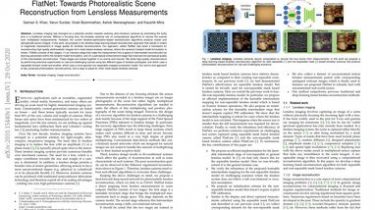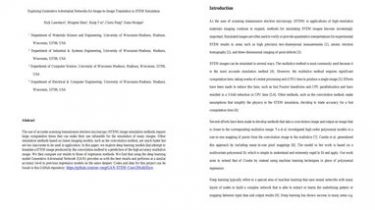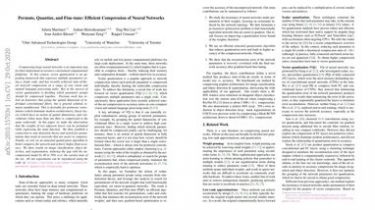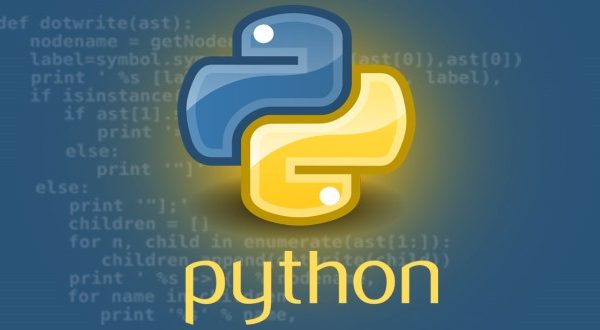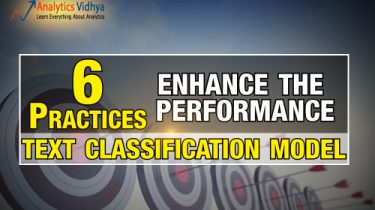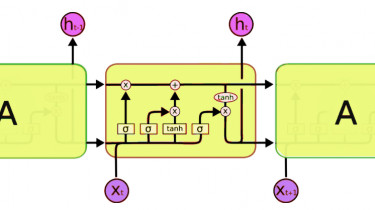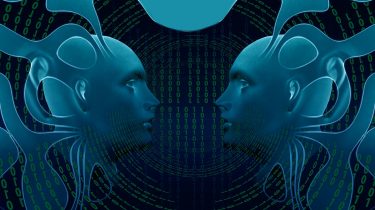FlatNet: Towards Photorealistic Scene Reconstruction from Lensless Measurements
Lensless imaging has emerged as a potential solution towards realizing ultra-miniature cameras by eschewing the bulky lens in a traditional camera. Without a focusing lens, the lensless cameras rely on computational algorithms to recover the scenes from multiplexed measurements… However, the current iterative-optimization-based reconstruction algorithms produce noisier and perceptually poorer images. In this work, we propose a non-iterative deep learning based reconstruction approach that results in orders of magnitude improvement in image quality for lensless reconstructions. Our approach, called $textit{FlatNet}$, […]
Read more